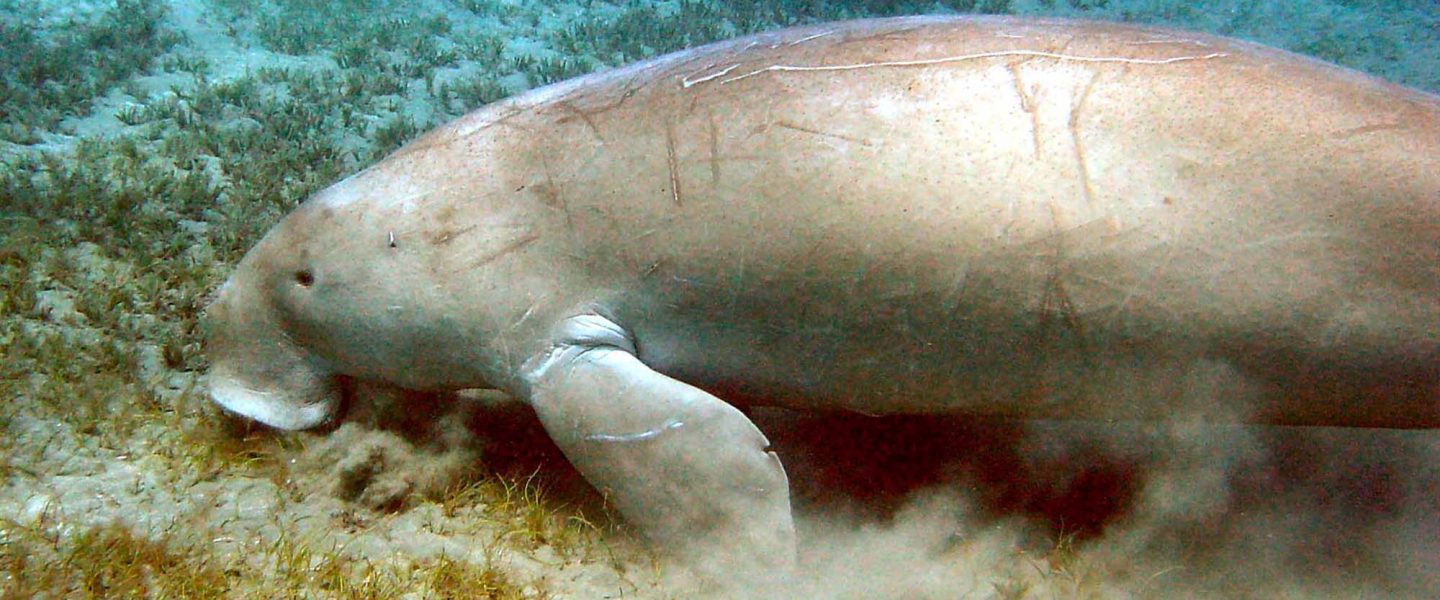This year we bid farewell to two lost frogs, the Chinese paddlefish, a plant from New Hampshire, and many others.
|
Listen To This Story
|
Last July scientists in Texas announced some surprising news: They had rediscovered an oak tree species previously believed to be extinct. Until then the last known Quercus tardifolia tree was believed to have died more than a decade earlier. But lo and behold, one more tree was discovered in Big Bend National Park, meaning the species wasn’t extinct after all.
The rest of the news wasn’t as good: That lone tree isn’t doing so well. It’s been burned by fire and shows signs of a fungal infection. Scientists say it’s in need of “immediate conservation.”
This situation isn’t that atypical in the world of wildlife conservation, where species that have avoided extinction in the Anthropocene still need dramatic support. A recent study found that more than half of all known endangered species require targeted recovery efforts if they’re to avert “human-induced extinction.”
If that doesn’t happen, we’re going to lose more species — a lot of them. Despite rediscoveries like the oak tree in Texas, the world is still losing biodiversity at dangerously high rates. In 2022, scientists announced that they had given up efforts to find dozens of long-lost species, including two frogs, one of the world’s biggest fish, an orchid from Florida, a grass from New Hampshire, and many others.
And those are just the ones we know about. Another 2022 study warned about the threat of “dark extinction,” the loss of species science has never even identified as having existed in the first place. By conservative estimates, millions of species are yet to be discovered, identified and named, and most are at risk of disappearing before that ever happens as humanity continues its relentless expansion. And if we don’t know they exist, we can’t do anything to save them.
So let’s take a moment to talk about the ones we do know that we’ve lost, to remember their names, to add them to the “Book of the Dead,” and to use their lessons to prevent others from suffering the same fate. We’ve compiled dozens of stories of extinction from the past year, including species that have been declared lost after many decades of looking, other species that have vanished from key ranges of their habitat, and others that are now extinct in the wild and exist only in captivity.
But before we get to those names, let’s take a lesson from the Endangered Species Act here in the United States — a law that turns 50 this year. Virtually every species that has been protected under the Act has had its extinction prevented. Some were added to the list too late, and they died out as a result. Many are still hanging on by a thread, but active conservation efforts are preventing them from disappearing any further. Many have recovered — most recently two plants from the Channel Islands — and more are likely to do so in the future. That is the ultimate lesson of the extinction crisis: It’s preventable if we work hard enough.
Chinese paddlefish (Psephurus gladius) — The declared extinction of this iconic fish shouldn’t come as a surprise to anyone. Last seen in 2003, these massive beasts — who reportedly reached up to 23 feet in length — were already on the decline due to overfishing and habitat degradation before the Gezhouba Dam was built in 1981. That dam cut off their migration route in the Yangtze River and doomed the species. People have been looking for them ever since, but given their gigantic stature and the fact that no one has spotted any in that time, the species was declared extinct this past year. As the only member of its genus, the Chinese paddlefish’s extinction represents the loss of an entire evolutionary line.
Yangtze sturgeon (Acipenser dabryanus) — An extinction in the making, or recovery on the cusp? Either of those could be the fate of the Yangtze sturgeon. No mature fish have been seen in the wild in years, and the species was declared extinct in the wild this year by the International Union for Conservation of Nature (IUCN). Ongoing captive-propagation efforts have produced tens of thousands of young sturgeon, who are released annually into the Yangtze River, but so far that hasn’t paid off in terms of wild reproduction. The species initially declined due to a long list of threats, including overfishing, shipping, dams, pollution, and other habitat degradations, and few of those dangers have faded. Those same threats affect all other sturgeon species: Two-thirds are now critically endangered.
Florida govenia (Govenia floridana) — This large orchid, native to Everglades National Park in Florida, was mistakenly identified as another species when it was first discovered in 1957. That delay in recognition probably doomed it. At the time of discovery, only 25 plants existed. Poaching probably quickly wiped them out before they could be protected. The IUCN declared the species extinct in 2022, decades after its last verified sighting in 1964.
Sharp-snouted day frog (Taudactylus acutirostris) — Gone in the blink of an eye. It took just five years for this once-common Australian amphibian species to decline and ultimately disappear, probably due to the deadly chytrid fungus, which is causing frog extinctions all around the world. Last seen in 1997, the day frog was declared extinct this past year following two decades of extensive searches.
Mountain mist frog (Litoria nyakalensis) — Another Australian frog, another probable victim of the chytrid fungus. This one was last seen in 1990, and extensive searches have failed to prove it still exists.
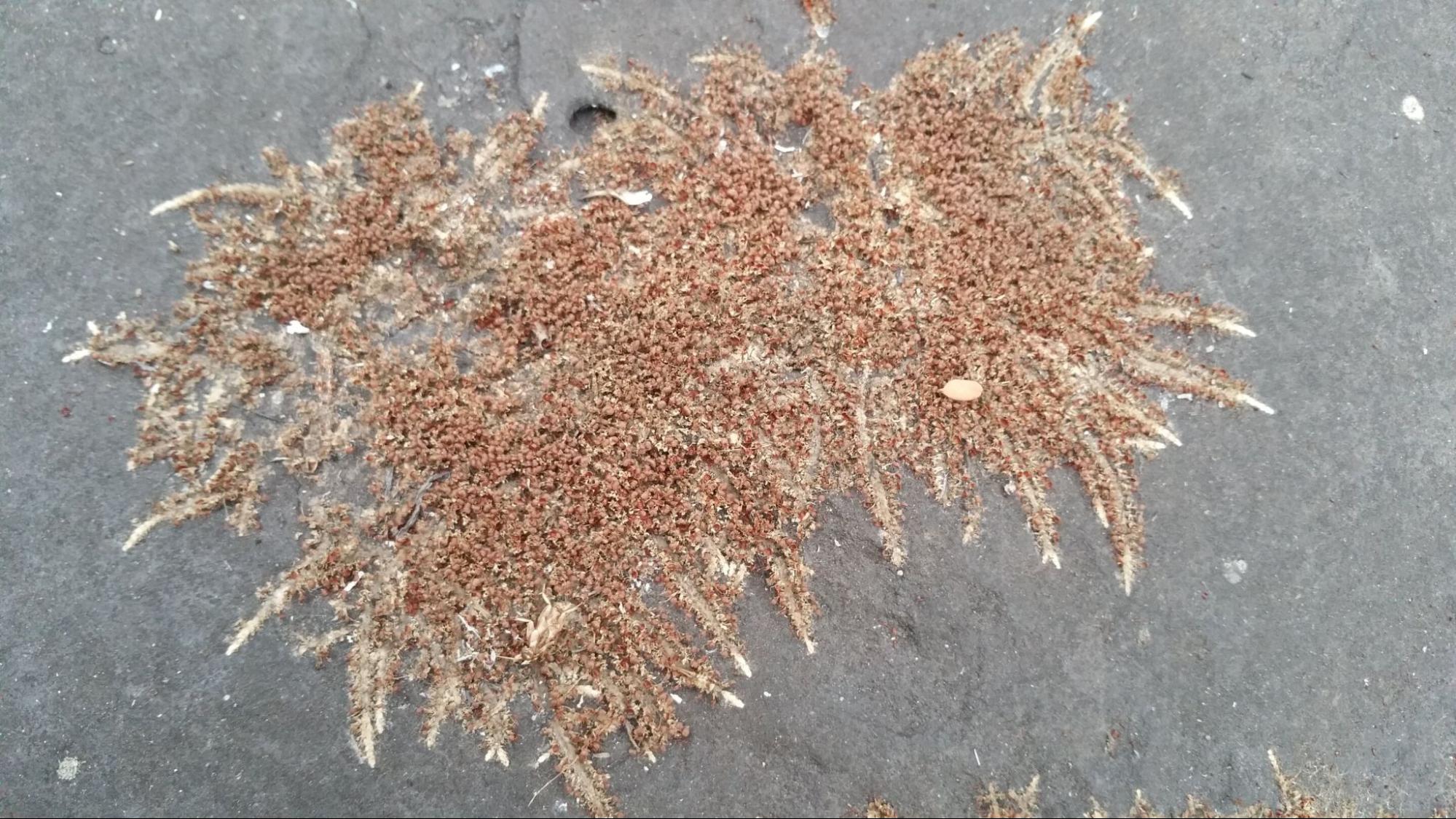
Saxicolella deniseae — Known from a single waterfall in the Republic of Guinea, this herb appears to have gone extinct after its only habitat was flooded during construction of a hydroelectric dam.
Raiatean ground partula snail (Partula navigatoria) and Garrett’s tree snail (P. garrettii) — These species from French Polynesia were nearly eaten into extinction by the notorious, carnivorous rosy wolfsnail, an invasive species around the planet. The last live animals were found and brought into a captive-breeding program in the early 1990s. A reintroduction program began in 2016 at a site that (unfortunately) was later found to contain another predatory invasive species, the New Guinea flatworm. Pending the success of future reintroductions, these species have been assessed as extinct in the wild, joining other snails from French Polynesia in that purgatory-like category.
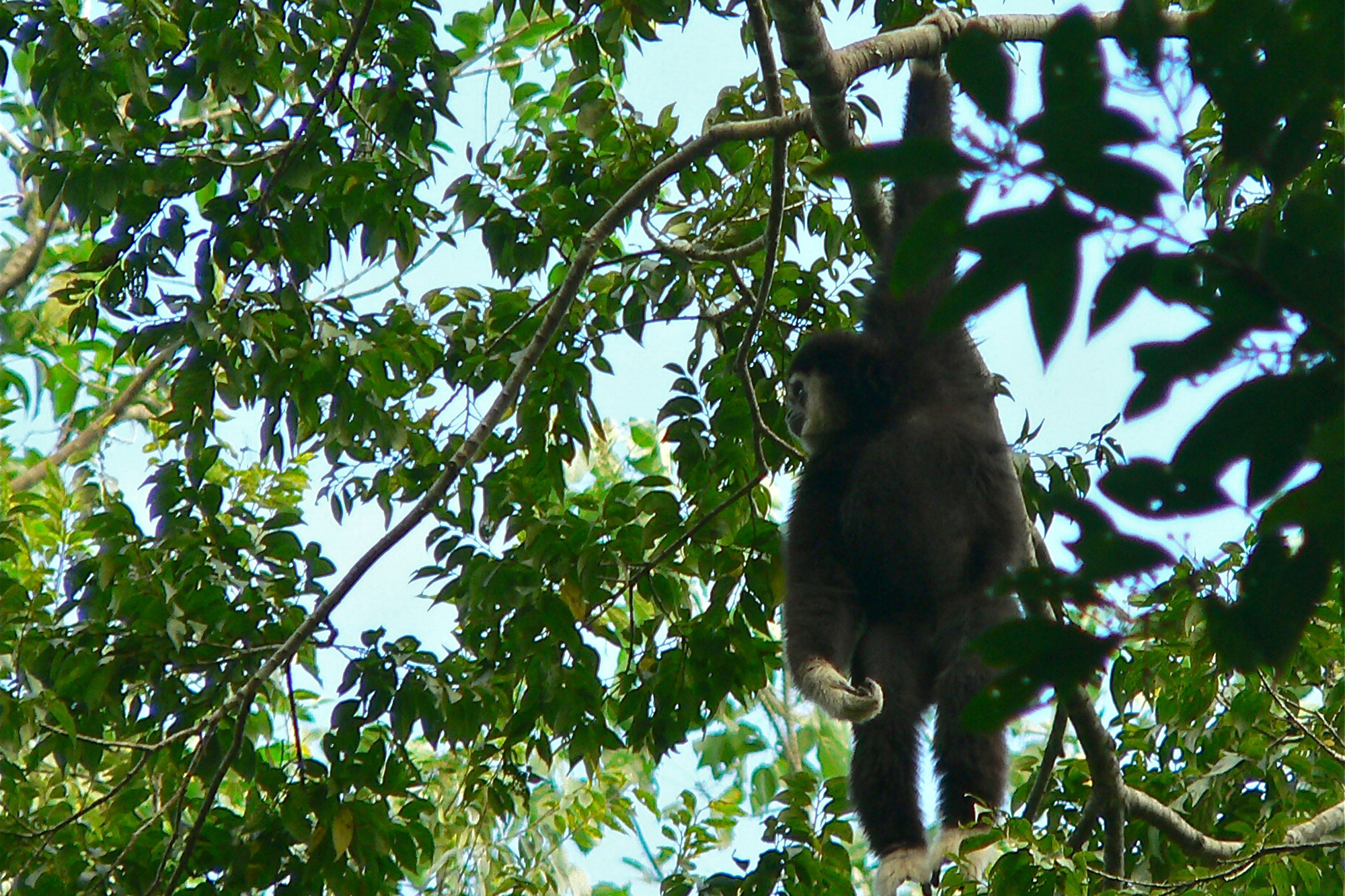
Jaguarundi (Herpailurus yagouaroundi) in the United States — One of the major regional extinctions on this year’s list. The jaguarundi, a small feline, was last officially seen in the United States — the northernmost part of its range — in 1986. In 2022 a major 18-year study reported no evidence the species still exists in the country and declared it ripe for reintroduction efforts.
Beilschmiedia ningmingensis — This tree was last seen in China in 1935, in an area that has long since been converted to agriculture and plantations. China already considered it extinct; the IUCN added it to the list of extinct species this year after extensive recent surveys.
Coote’s tree snail (Partula cootei) — Last seen in French Polynesia in 1934, this snail probably disappeared slowly as it hybridized with another introduced species. Researchers assessed it as extinct in 2017, but the information wasn’t published or added to the IUCN Red List until this past year.
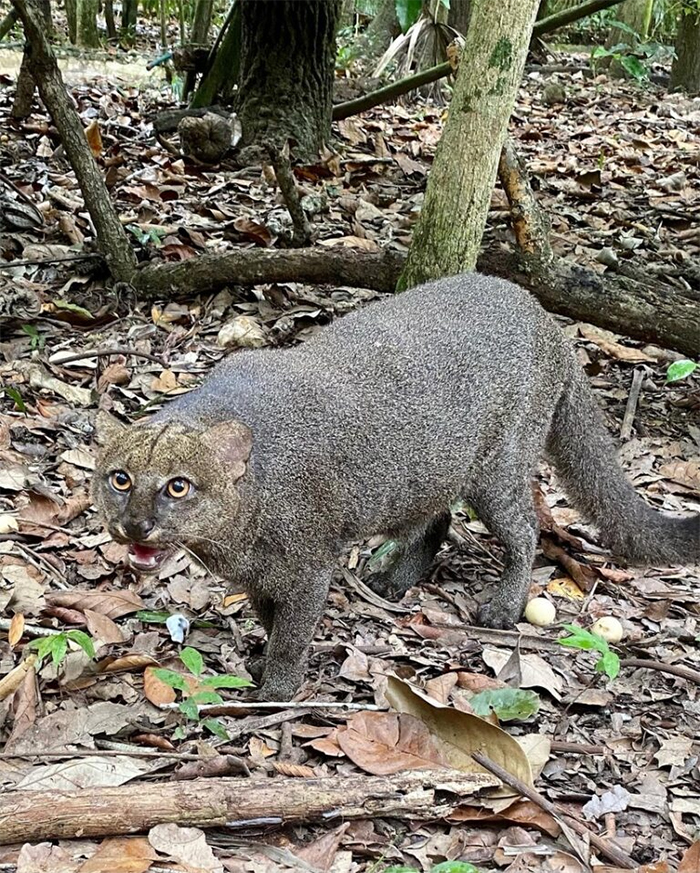
White-handed gibbon (Hylobates lar) and northern white-cheeked gibbon (Nomascus leucogenys) — China formally declared both these primates extinct in the wild within their borders this past September, at least a decade after they were last seen in the country. Researchers blamed “human activities” (including hunting, deforestation, and the pet trade) for their disappearance. Each species still exists in other countries in Southeast Asia, although the white-handed gibbon is endangered, and the northern white-cheeked gibbon is critically endangered.
Dugong (Dugong dugon) in China — These gentle manatee relatives, who are considered “vulnerable to extinction” through most of their range, have all but disappeared from China, another major extirpation for the country this year. A paper published in July declared dugongs “functionally extinct” in Chinese waters, meaning some of them still exist there but not enough to form a healthy population. This, according to researchers, represents “the first reported functional extinction of a large vertebrate in Chinese marine waters” and serves as a “sobering reminder” of the threats faced by other species.
Poecilobothrus majesticus — What little we know about this long-legged fly from the United Kingdom stems from a single male specimen collected on the Essex coast in 1907. Scientists didn’t taxonomically name it until 1976, and a 2018 report on UK flies of the Dolichopodidae family concluded that it was probably extinct, as “one would have expected them to have been encountered by now.” The IUCN added it to the Red List as extinct this past year.
Luciobarbus nasus — This fish was known from just a single river system in western Morocco, where it hasn’t been seen since 1874. Pollution from a nearby city may have done it in, but that remains unclear. Here’s the good news though: After years of scientific debate, this species has now been reclassified into four species, with three of them remaining in existence (and one of those endangered).
Chott el Djerid barbel (Luciobarbus antinorii) — When you use too much water, don’t expect fish to stay alive much longer. That’s what happened in Tunisia, where this rare fish disappeared sometime around the 1990s or 2000s. It was listed under the IUCN Red List as a data deficient for many years, but was declared extinct in 2022.
Syzygium humblotii — This tree, a member of the myrtle family, hasn’t been seen in about 130 years. It grew in Mayotte, an overseas department of France located in the Indian Ocean between Madagascar and Mozambique, in an area that has since been degraded by farms, livestock, and other nonnative species. Searches over the past three decades have failed to turn up signs of its existence, so this year the IUCN declared it extinct.
Kalanchoe fadeniorum — Relatives of this long-lost Kenyan plant are grown as houseplants around the world. This species isn’t as lucky. Known from just one site, it hasn’t been seen since 1977. The areas surrounding where it grew aren’t very well surveyed, so scientists are hedging their bets and calling it “extinct in the wild.”
Heenan’s cycad (Encephalartos heenanii) — Every member of this plant genus (commonly referred to as bread trees or bread palms) is endangered due to overcollection, sometimes for food, sometimes for traditional medicine, sometimes just to own them. Previously listed as critically endangered, Heenan’s cycad was reassessed as extinct in the wild in 2022 due to “persistent pressure from plant collectors.”
Giant Atlas barbel (Labeobarbus reinii) — Although this Moroccan fish was last seen in 2001, it was listed on the IUCN Red List as “vulnerable to extinction” for several years. Well, that prediction has come true: This year the IUCN declared it extinct. It was known from just one small stretch of river that suffered from pollution and runoff from a nearby city, as well as a dam that separated populations. These factors undoubtedly affected the fish, but the exact reason for its extinction remains unknown.

Abrolhos painted button-quail (Turnix varius scintillans) — This Australian bird subspecies is known from just three islands. Now it’s down to two. The population on North Island in the Houtman Abrolhos Archipelago has been “eaten out of house and home” by introduced invasive species, which degraded the habitat. Researchers spent nearly 13,000 nights camera trapping the island between 2018 and 2021 and concluded in a 2022 paper that the bird no longer exists there. The quail is considered one of the five Australian species most likely to face extinction in the coming years, so this extirpation represents a major blow for its conservation.
Cystophora — Not one extinction, but many? A 2022 paper declares several species of this algae genus “functionally extinct” along the coast of southern Australia. At least seven species are reportedly now absent from the warmest edges of their historical range. The causes of their decline and disappearance are not known, but the paper cites slightly likely impacts from “gradual warming, marine heatwaves and rapid urbanization.”
Smooth slender crabgrass (Digitaria filiformis var. laeviglumis) — Known from a single park in Manchester, NH, this rare plant was last seen in 1931. The New Hampshire Natural Heritage Bureau declared it extinct this past June. Other varieties of the crabgrass species still exist in neighboring New England states, but this version was unique and is now considered lost.
Mollinedia myriantha — This Brazilian tree has a sad history. It was discovered in 1892, then lost for 123 years. A sole individual tree was rediscovered in 2015, but fieldwork conducted in the following years found that the lonely tree had died. Researchers officially declared it “critically endangered, possibly extinct” this past year. The same paper warns that the genus faces a wide range of threats and many species remain unassessed, meaning they too could soon face extinction.
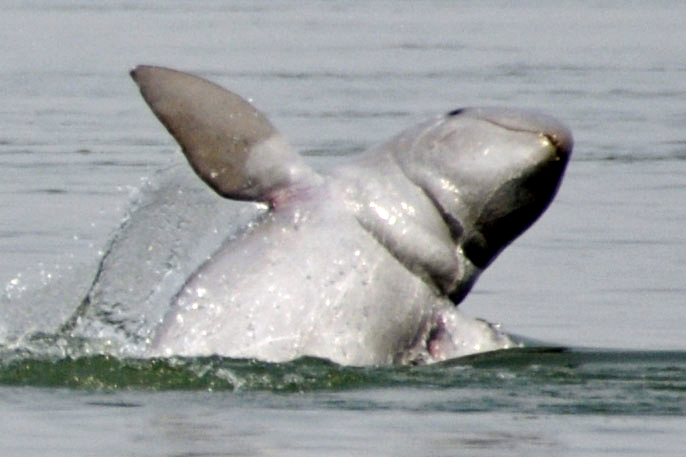
Irrawaddy dolphin (Orcaella brevirostris) in Laos — The last individual of this species in Laos was found dead in mid-February 2022. It had been injured by being caught in fishing gear — it escaped, but only after receiving injuries that left it unable to hunt. Irrawaddy dolphins remain in other countries, but the species is endangered, and its loss in Laos represents a major population gone.
And 562 more? — Proving an extinction is never easy — it’s easier to see something than it is to not see something. But many species have gone unseen for decades, and while scientists still look for them every year, hope begins to dwindle after a time.
Is it time to give up hope for 562 lost species? That’s the question raised by a paper published in May, which examines long-unseen species listed on the IUCN Red List. It identifies 137 amphibians, 257 reptiles, 38 birds, and 130 mammals that have not been seen for at least 50 years and asks if that half-century of no sightings means they’re extinct. Maybe, maybe not. We need to be prepared for that possibility, but the paper suggests this analysis actually provides something positive: a way to prioritize geographic “hotspots” where scientists can target their searches for long-lost species.
In other words, let’s find these lost species while there’s still time.
This story by John R. Platt was originally published by The Revelator and is part of Covering Climate Now, a global journalism collaboration strengthening coverage of the climate story.
